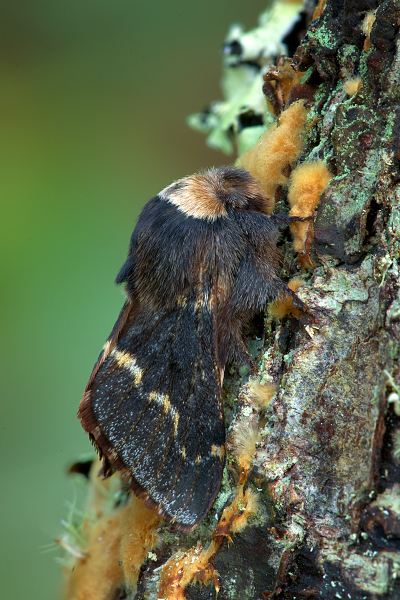November & December
First of all, my apologies for not posting the monthly account at the normal time, and second, to those individuals who kindly drew my attention to it.
As we approach the end of the year, activity on the moth front is quiet with only a few species on the wing. This is a good time to catch up on image editing and other routine business.
November Moth Epirrita. dilutata
The November Moth, Epirrita. dilutata, which belongs to the genus Epirrita, is a frequent visitor to my garden during November. It can be a difficult moth to identify, as it closely resembles three other species, the Pale November Moth, E. chrystyi. Autumnal Moth, E. autumnata, and Small Autumnal Moth E. filigrammaria. The markings on the wings are not conclusive, and identification requires examination of the genitalia. This moth is widespread over the British Isles occurring in a wide range of habitats including deciduous woodland, waste areas and gardens. Adults usually appear from late September through until November.
December Moth Poecilocampa populi
The aptly named December Moth Poecilocampa populi is one of my favorite species. I have photographed it many times over the years. It flies as early as late October in some regions of Britain through to January but is most frequently seen from late November and throughout most of December. It belongs to the genus Lasiocampidae commonly known as, “Eggar Moths”. These are medium to large-sized moths thickset and generally brown and yellow in appearance. Males of some species fly during the day, in sunshine, and have conspicuous feathery antennae. The grey and cream- coloured markings on the thorax and forewings in conjunction with its late flight period make it unlikely to be confused with any other species and this time of year! Adults are widespread in woodland habitats, but are also commonly met with in mature gardens across the country.


